10 Common Makeup Mistakes: Tips To Avoid Makeup Mistakes!
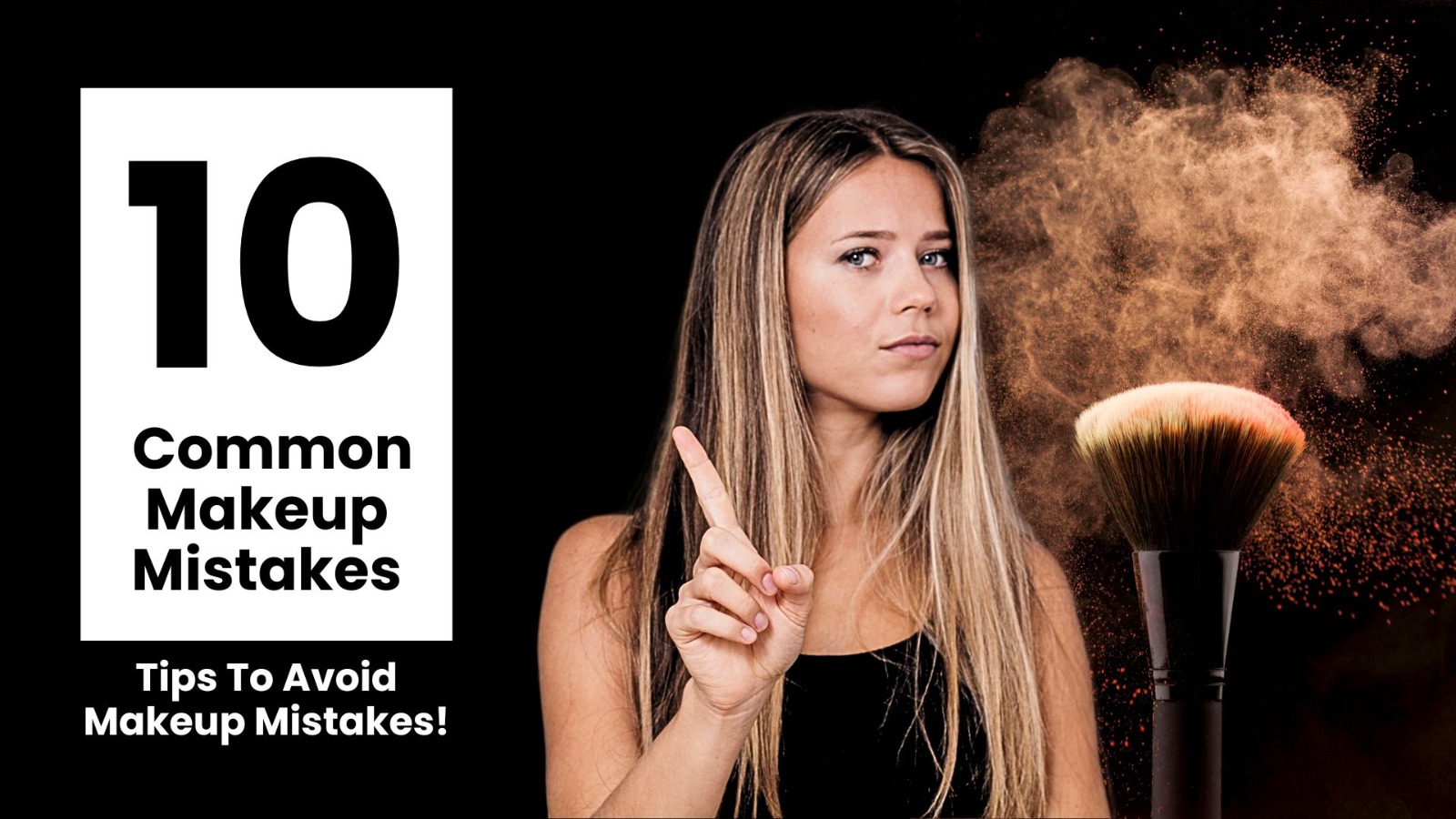
Published on: 27th May 2024 by Digital Team
Some of us are unaware of daily makeup mistakes. It is a fierce task to find cosmetics shades and brands that go with your face. A few people struggle for years to get it right in terms of their makeup. After you have seen the right items, still you might not manage to look at what you want.
Your favorite beauty blogger might make it sound easy, but perfecting the art of blending makeup is a hard thing to do. However, this doesn’t mean that you can’t try out new things; there’s always a chance for improvement.
We’ve outlined typical cosmetic mistakes we should avoid at all costs. So as to enable you to understand the principles behind them and thus enhance your current style of putting on makeup.
How To Choose the Right Makeup Products For Your Skin
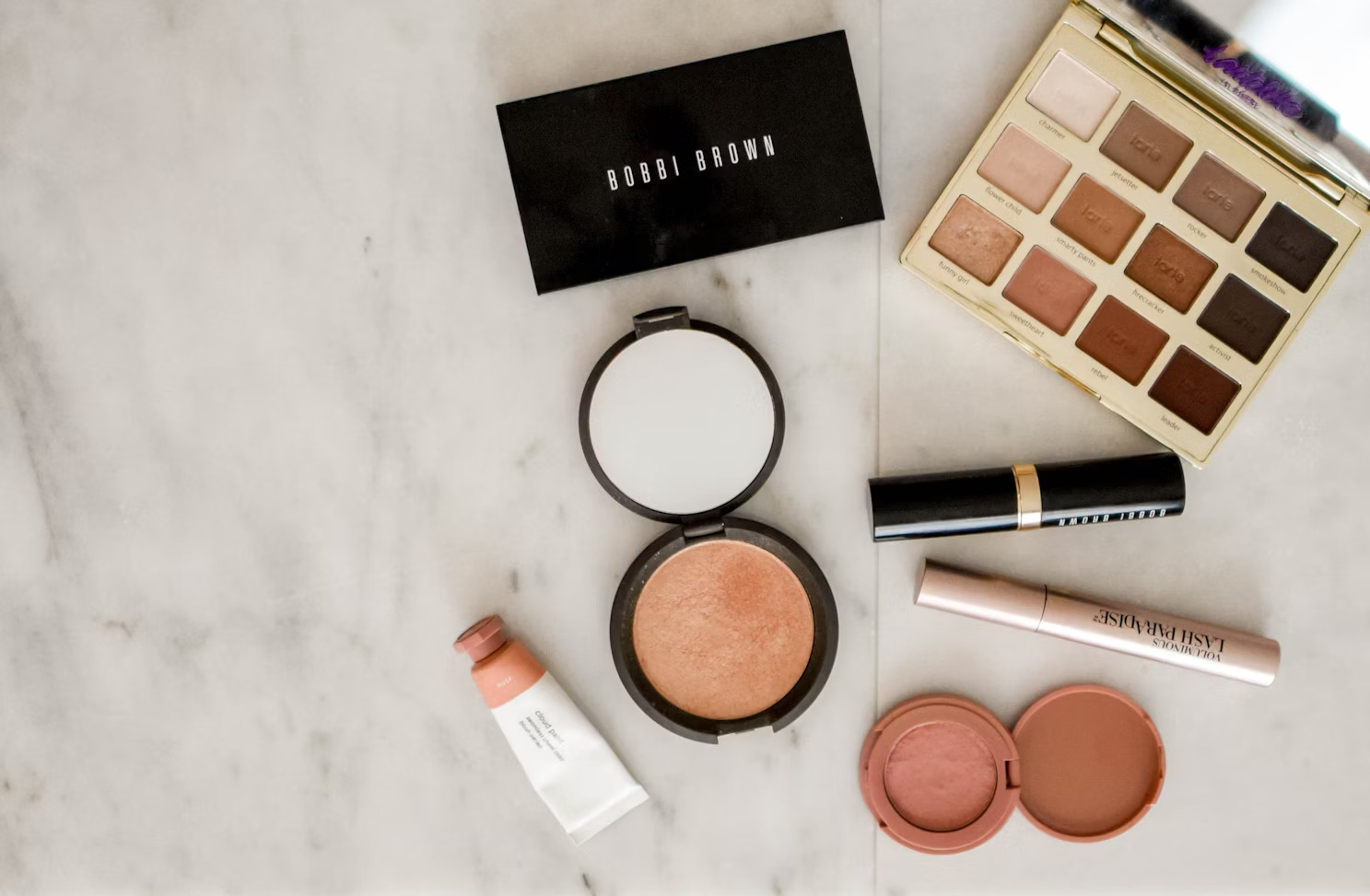
It may be difficult selecting make-up for one’s skin type. Here is an easy guide on how to apply makeup products for beautiful, healthy skin.
1. Oily Skin-
For oily skin, lightweight, oil-free, non-comedogenic products that do not clog pores are the most appropriate solutions for this condition. Always double-cleanse before using any product on your face.
Pore-(minimizing) blurring primer best suits such kind of skin because it usually has open pores which release more oils than dry skin type does. Consider choosing a matte foundation or tinted moisturizer instead of dewy ones for oily skin types.
To keep your makeup flawless just use loose powder or a compact powder designed specifically for setting foundation so as to maintain its soft finish throughout the day while wearing it. Blotting papers are useful when managing oil production during daytime hours till evening time.
2. Dry Skin-
A dewy or silky foundation or hydrating tinted moisturizer will nourish dry skin. Matte or powder foundations and powder-based products can exacerbate dryness, so use them sparingly. Use a hydrating fixing spray to end your makeup dewy.
3. Combination Skin-
Combination skin with oily T-zone and dry cheeks requires oil-free, lightweight T-zone products and moisturizing cheek creams. Choose a matte T-zone foundation and a moisturizing cheek foundation.
To be safe, apply a water-based moisturizer and mattifying primer before makeup. A translucent powder sets makeup without cakeiness and is lighter. Reduce highlighter if your skin is greasy and glossy at night. If you have dry cheeks, use a liquid highlighter. Finish makeup with a matte setting spray.
4. Sensitive Skin-
If you have sensitive skin, look for fragrance-free, hypoallergenic, non-irritating, and anti-inflammatory products. Choose mineral makeup that doesn't contain dyes or additives.
Remove makeup with natural cleansing balms instead of wipes to avoid skin irritation. Too many skincare activities are harmful.
Tools And Techniques For Better Makeup Results
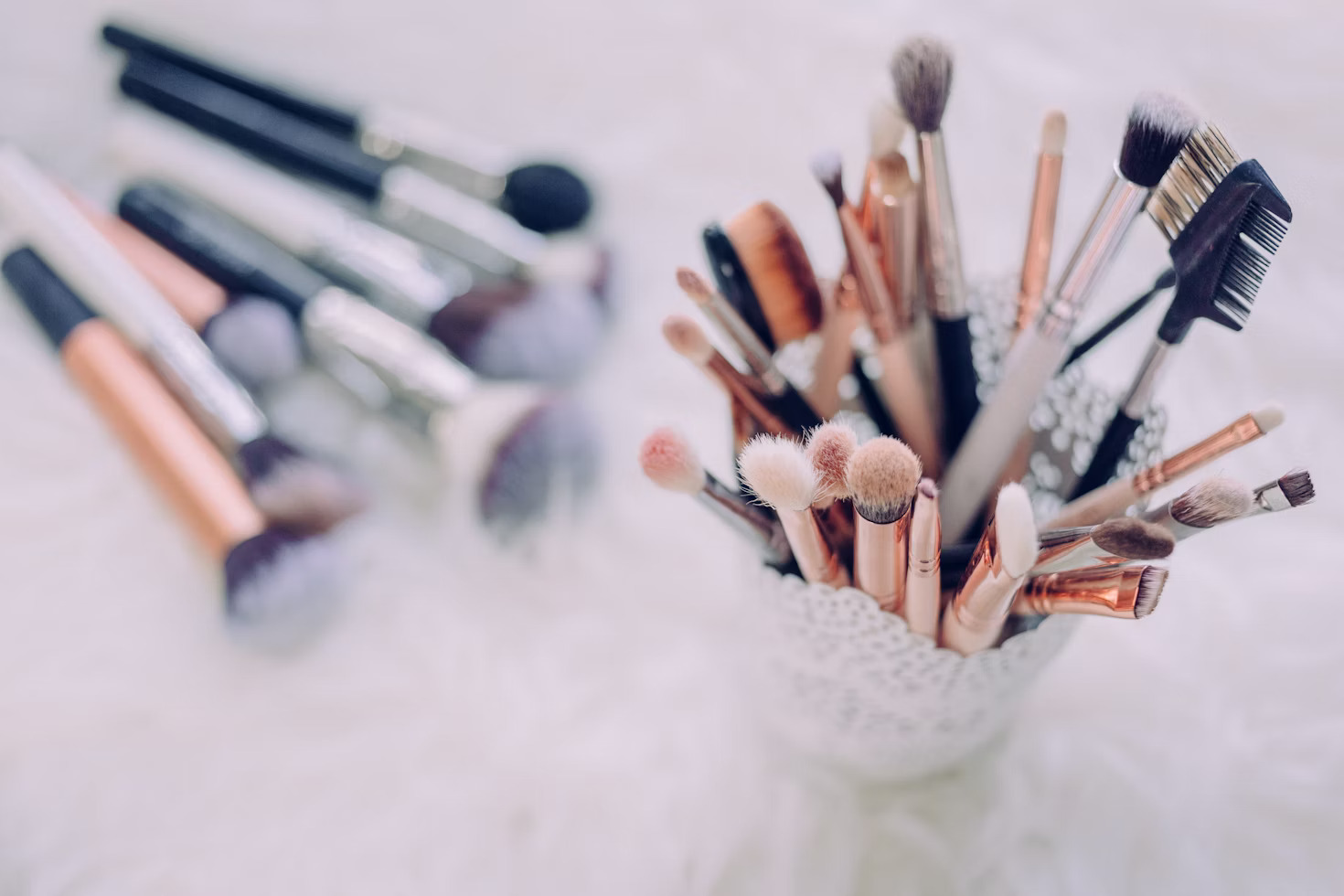
Skill, materials, and procedures are needed for faultless makeup. Understanding and using the right equipment and methods can improve your makeup application, regardless of your experience. These critical equipment and practices will enhance your makeup results.
Essential Tools for Better Makeup Results
-
Brushes and Sponges:
-
A good foundation brush is essential for an even, smooth application. Kabuki brushes with densely packed bristles are suitable for liquid or cream foundations.
-
The sponge helps the foundation blend smoothly into your skin, leaving a natural airbrushed finish. It may be used moist or dry to offer more coverage for a dewy look.
-
-
Eyebrow Tools:
-
Precise applications require eyeshadow brushes of different shapes and sizes. Flat brushes are good at applying color to the lid area, while fluffy blending brushes help soften edges to create a gradient.
-
The angled brush is the best tool for a blush that provides precise placement and blending in contouring.
-
They outline brows, giving them a polished appearance. To obtain the desired results, opt for shades that complement your natural brow color.
-
Brows need spoolie brush accessories to blend products into them and create a natural finish.
-
Eyelash Tools:
-
Eyelash Curler: Open your eyes by curling your lashes before you put on mascara. It also makes your lashes appear longer.
-
Mascara: A lovely mascara will add volume and length to your eyelashes. Get a non-clumpy one that lasts long.
-
-
Setting Tools:
-
Setting Powder: Translucent powder is used to set foundation and concealer, removing the shiny look and making them last longer.
-
Setting Spray: A setting spray helps keep your makeup fresh for the whole day.
Techniques for Better Makeup Application
1. Skin Preparation:
Start with a clean, moisturized face. This will ensure the smooth application of makeup. The smoother the foundation application, the better it clings to the skin; hence, it will last longer. A primer will make the face smooth, diminish large pores, and keep the makeup intact.
2. Foundation Application:
Find a foundation that matches both the undertone and skin tone. Verify this through tests on the jawline. Apply coats of thin layers of the foundation one right after another, allowing drying in between, until the coverage is right to the point of acceptable. That way, there is no cake effect and the finish has got to be natural too.
3. It's all about highlighting:
Put a lighter shade around the areas of your forehead, cheekbones, and brow bones to bring them forward. Don't forget to put a darker shade under your cheek hollows, at the sides of your nose, or along the jaw line—anywhere you want to look more receding.
4. Blending:
Blending should be done to create a seamless fusion of color into the skin, using brushes, sponges, or even fingers. Proper blending will lead to no harsh lines—just a gentle union of colors to give.
5. Eye Makeup:
Apply a transition shade in the crease for blending between colors. Work from lighter shades and slowly build up with darker ones to create depth.
6. Pucker up:
Line your lips using a lip liner to prevent feathering and perfect the shape of lipstick. Use a lip brush for perfect application, especially if you're doing a statement color.
7. Human element:
Finish with a setting powder and spray to secure the look for the rest of the evening.
Professional makeup techniques and equipment can achieve professional outcomes. Practice and experiments will help you find what fits your features and preferences.
10 Common Makeup Mistakes To Avoid
1. Doing Makeup on Dry Skin:
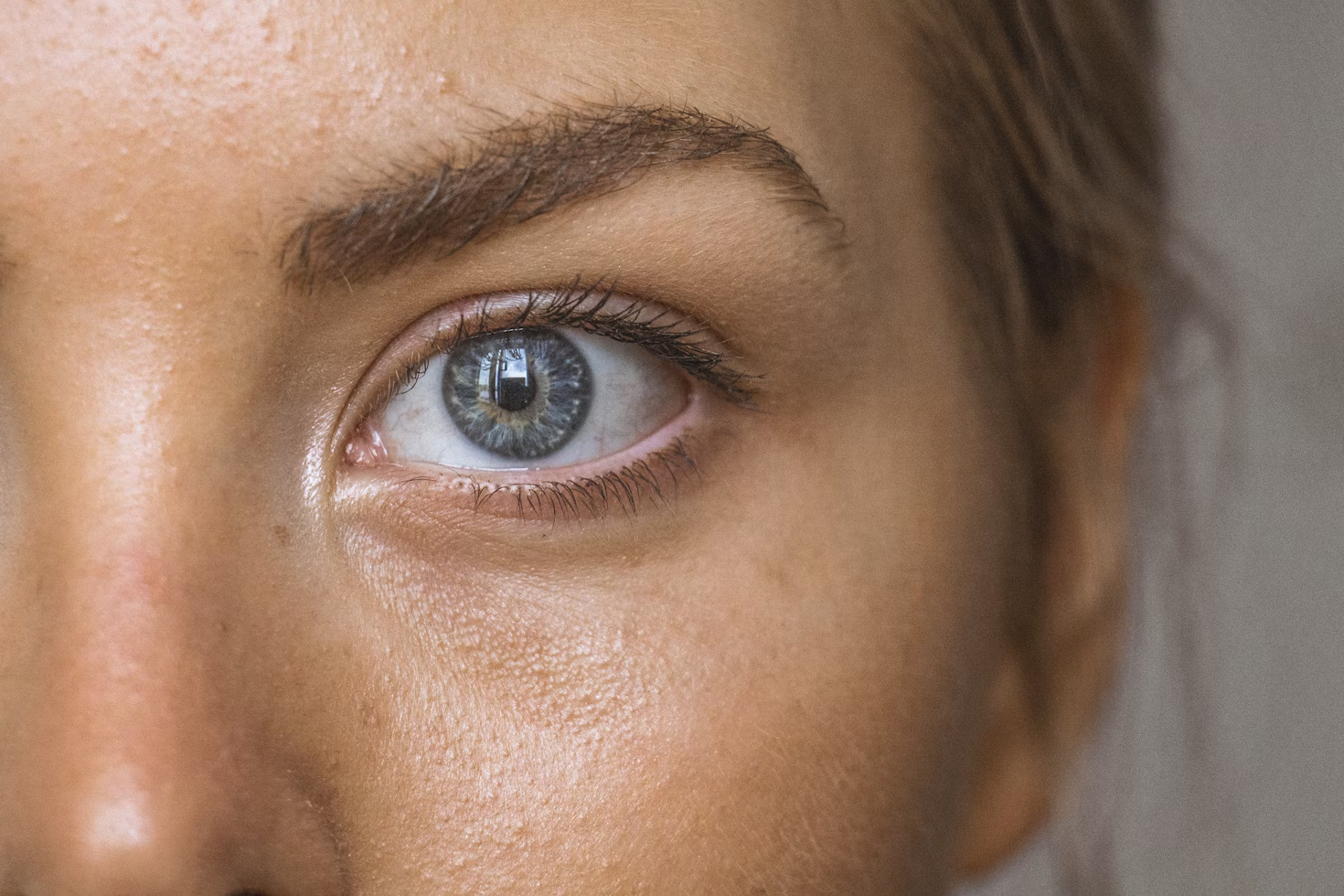
One of the worst beauty blunders is applying makeup on dry skin, which may make the face look lifeless, cracked, aged, and exhausted. A moisturized face is the foundation of everything excellent. Hydrate your face before applying makeup.
2. Bad lighting for makeup:
You should test cosmetics on your skin in natural light to see what works for you. Try-on makeup in artificial lighting won't seem as flattering. Choose what suits you best in optimal lighting.
3. Misblending Techniques:

Poor mixing techniques can cause makeup disasters. Makeup is more than applying blush or eyeshadow. A neutral tone will look unnatural and out of place without adequate blending. Blending is the secret to natural makeup. Poorly mixed makeup can be funny. Start by watching beauty lessons online and buying nice brushes.
4. Using Too Much Foundation:
Your makeup will look cakey if you overapply foundation. Or worse, you look like a costumed clown. A full face of foundation is unnecessary unless you're wearing light makeup. Just apply it to your cheekbones, nose, and under-eyes. Some ladies use it to disguise blemishes and unevenness, but concealers do that.
Choose a foundation shade that matches your skin tone. Avoid foundations lighter than your skin tone. An improper shade will highlight blemishes, fine wrinkles, and other skin flaws. Only a skin-matching shade will give you a perfect face. Always blend appropriately. Apply it to your neck and ears. Everyone can tell you're using makeup if your face and neck are different colors.
5. Misapplying Concealer:
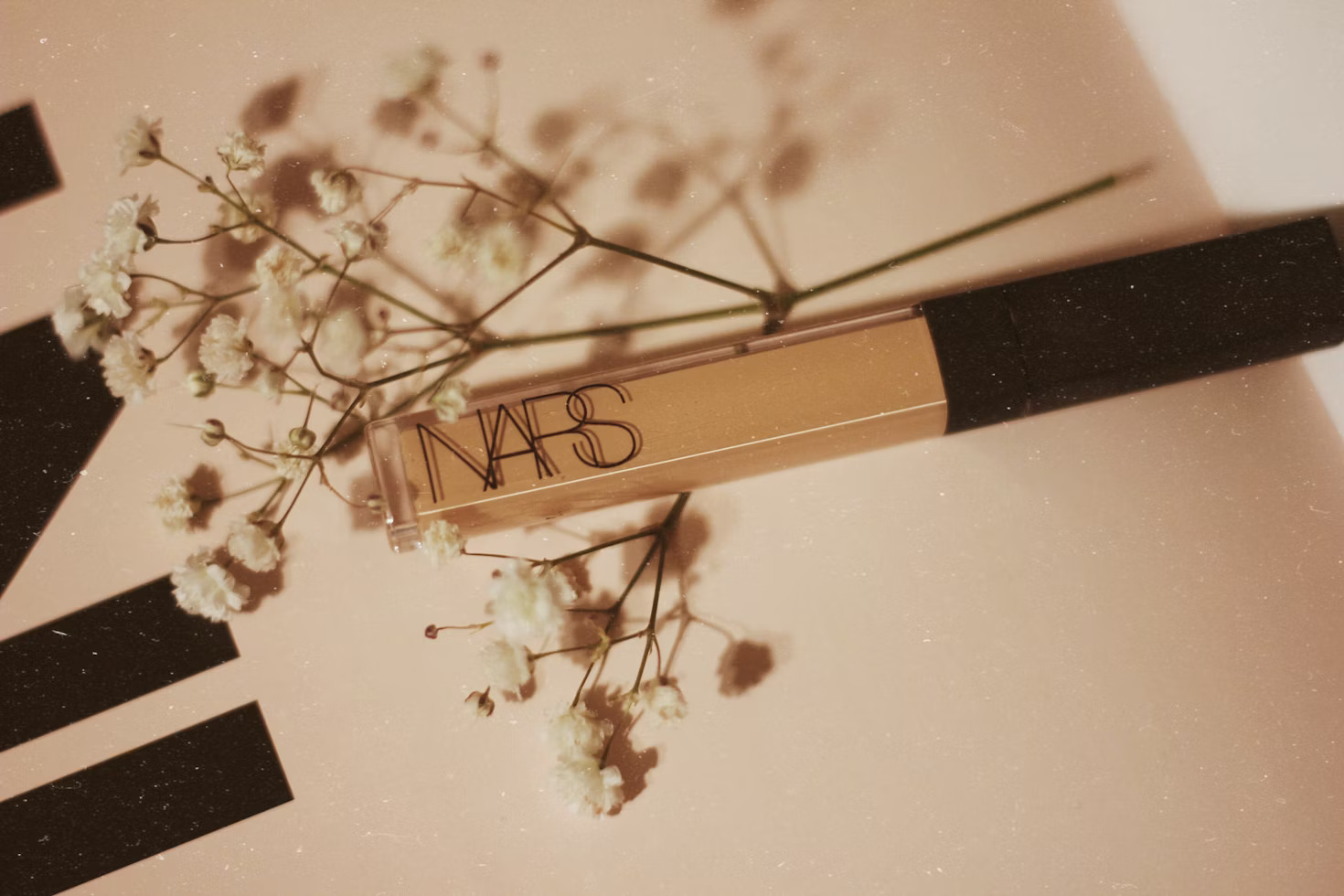
Whether to apply foundation or concealer first always causes strife. Covering imperfections once the foundation sets makes sense, so use it before the concealer. You must remember these two points when doing so.
Avoid applying too much product to the desired region. Too much concealer on dark circles ages you. Dab a few drops of color-corrector concealer on the bone underneath your eyes to mask dark circles and mix. Avoid applying it to dark circles. Layering is another option. Apply a little to a blemish, let dry, then apply more. Use setting powder between layers.
You can't use one concealer everywhere. Different shades of concealers have various functions. A peach-toned corrector concealer erases blue and fights dark circles. Green cancels red, so use a green concealer to disguise zits. Use yellow concealers to smooth out vast patches of skin. After applying tinted concealers, use a concealer that matches your skin tone.
5. Heavy Blush:
Without correct application, blush can make you clownish. When blushing, use foundation. Otherwise, the color becomes too harsh on the cheeks. Use a brush to swirl the product, tap off excess, and apply it to your face. Using too much product will make you look overdone.
6. Highlighting in the Wrong Place:
One makeup hue can give you raccoon eyes, so avoid it. Use a highlighter to accentuate your brows. Gold or silver highlighters complement all skin tones.
7. Avoiding Primer:
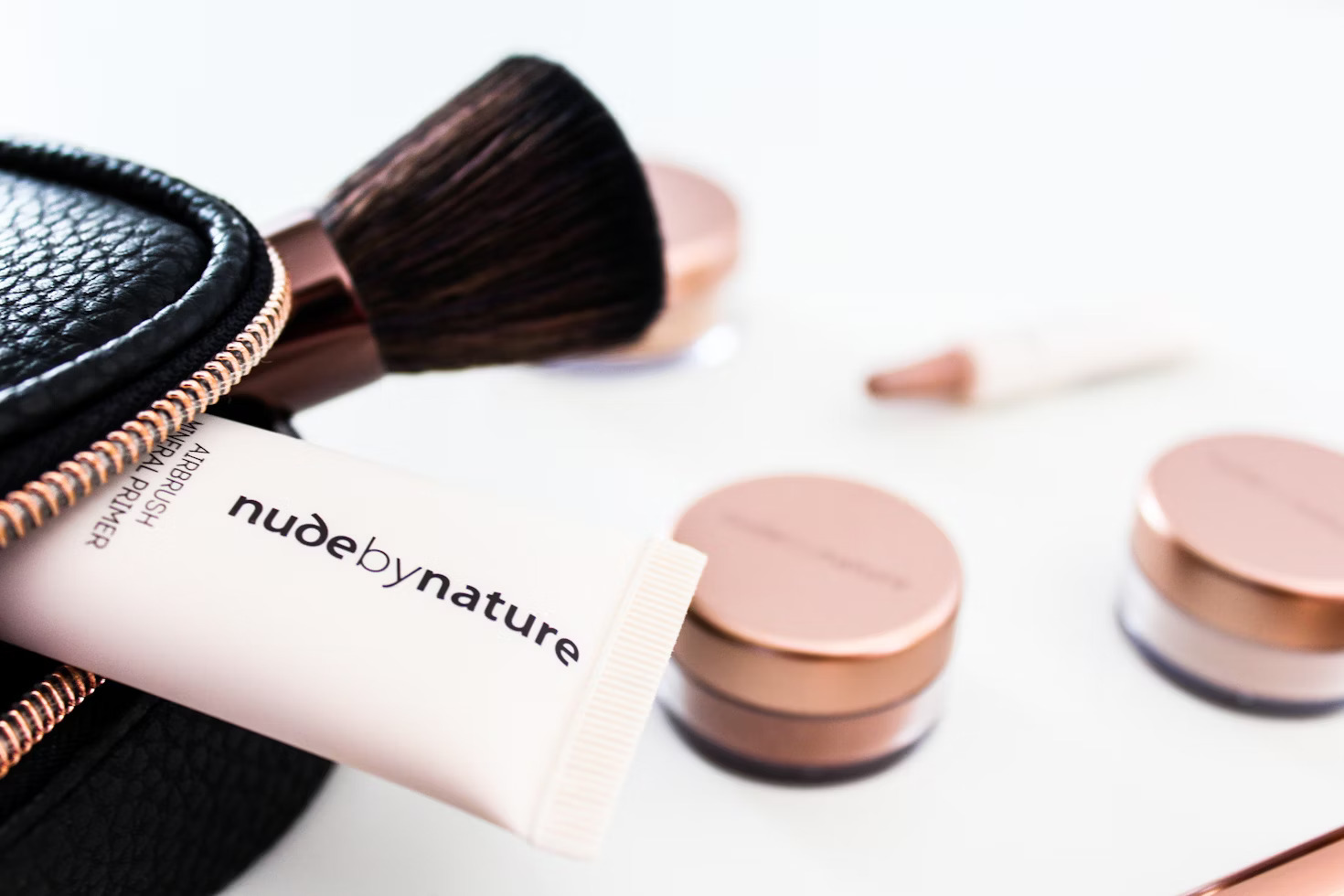
Primers have been around for a while, but women are just starting to utilize them. You can spend all day perfecting your makeup, but without a primer, the party turmoil will either bleed or fade or make you appear as you posed in oil. Before applying makeup, use a primer to keep it in place and make it look flash-ready.
8. Ignoring Eyelash Curler:
Without an eyelash curler, your lashes won't seem lifted and curled. Open eyes and consistent lash form are achieved with an eyelash curler. Skip curling, as they may look straighter and less defined. An eyelash curler before mascara can also give you gorgeous, voluminous lashes.
9. Makeup Matchup with your outfit:
Matching is outdated. Bright clothes and makeup equal tacky. Makeup experts recommend a neutral palette for vivid outfits. Avoid glossy cosmetics and opt for the classic smokey eye if you choose metallic holiday clothing.
10. Lipliner Mistake:
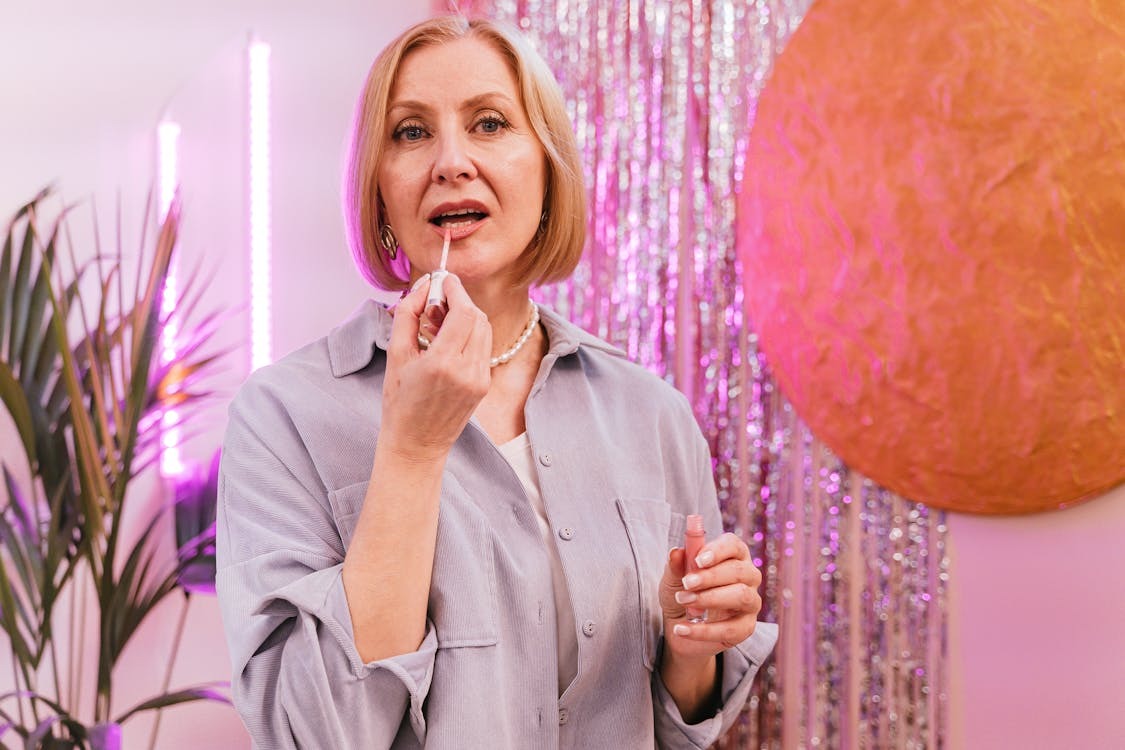
Getting harsh lip lines when applying makeup is the worst. Do not define your lips with a tiny sharp line. One of the major annoyances. If you use a black liner with a light lipstick, your lips may look odd. They define your lips, not draw borders.
Lip liner prevents lipstick bleeding. Harsh outlines fade, making lips seem bad. The goal is to blend. Draw a smeared outline like you're shading your lips with the pencil for optimum results. Another suitable method is to create the outline, fill your lips with a lipstick-matched lip pencil, and then apply lipstick. Avoid lipstick on your teeth with this.
Why Avoiding Makeup Mistakes Matters

Avoid makeup blunders for skin health and a polished, professional look. Understand why it matters to make better cosmetic choices and improve your appearance.
Skin Health-
Mistakes like not removing makeup before sleeping, using expired products, or using filthy utensils can cause skin problems. Sleeping with makeup on can clog pores and cause acne and discomfort. Expiring items may hold microorganisms and cause illnesses and allergic responses. Applying makeup with dirty brushes or sponges can also cause outbreaks and infections. Maintaining a clean makeup routine keeps skin bright and healthy.
Enhancing Natural Beauty-
The improper foundation hue might give you a cakey, unnatural appearance, reducing your looks. Overusing blush or bronzer can also look harsh. By choosing the perfect tones and applying them correctly, you can highlight your greatest features and look more natural and radiant. Blending eyeshadows with contour products creates a seamless, elegant appearance that flatters your features.
Professional Appearance-
Well-applied cosmetics can boost confidence in professional settings. Mismatched foundation, uneven eyeliner, and smudged lipstick detract from your skilled picture. Applying makeup effectively and keeping it on can increase your confidence and amaze others. In business, beauty, and media, appearance is crucial to your professional image.
Saving Time and Money-
Avoiding makeup blunders saves time and money. Starting anew to fix smudges or uneven application wastes product and time. Learn proper techniques and choose products for your skin type and tone to streamline your makeup routine and reduce touch-ups. Buying high-quality, suitable materials and tools improves outcomes and longevity, giving you better value.
Boosting Confidence-
Finally, not making makeup blunders boosts confidence. You'll feel more confident and ready for the day when your makeup is perfect. Confidence can improve personal and professional relationships. Learning and practicing makeup skills can make you look better and feel more confident.
Final Touch-Up!
Beginners may make these makeup mistakes. You can avoid these mistakes now that you know them. Getting a flawless makeup look takes skill. Do not worry! Following our step-by-step guide, you'll be skilled after a few practices.
So don't panic if you don't reach your goals straight away. This article should be followed religiously. As noted, avoid overwashing your face. Moisten your face before applying makeup to avoid cakey, spotty results.